One of my favourite moments of the day is when the street lights of Budapest are switched off just a few minutes before sunrise. Eventually the best place to film it from is the very top of the Fisherman’s Bastion.
One of my favourite moments of the day is when the street lights of Budapest are switched off just a few minutes before sunrise. Eventually the best place to film it from is the very top of the Fisherman’s Bastion.
Today is a national holiday in Hungary, we celebrate the outbreak of the revolution of 1848-1849.
Today we celebrate our national independence, the freedom of speech, the freedom of press and we remember the heroism and the courage of the young Hungarians who became united to confront and fight the oppressors.
I hope that the spirit of the revolution lives on in the Hungarian soul and we never give up fighting for the values our ancestors had been fighting for 173 years ago.
It all started almost exactly a year ago and we had no idea back then how COVID-19 was going to change our lives. We really hoped for better but the pandemic is still in its full force and unfortunately numbers are indicating that the situation in Hungary is very, very bad. This is the third wave with far more people in hospital and far more deceased people than before. This is just very sad.
Another lockdown starts today, all shops have to close – except grocery stores and pharmacies. People are recommended to stay at home and work from home office. All schools went digital. We’re told this is for 2 weeks but nobody knows for sure.
I continue offering virtual city tours and cooking classes and work on different other projects for after the pandemic is over. Let me know if you want to know more!
Stay safe, stay happy and book a tour!
The monument was inaugurated in 2020, on the 100th anniversary of the Versailles Peace Treaty. I’ve been considering posting about this monument for quite a long time and the time has come to publish my opinion, as I’m getting a lot of question about it on my Virtual Tours.
As most of you know Hungary was one of the countries which were badly punished after WW1, we can discuss the fairness of the decision but it’s too late now, as it all happened 101 years ago. As a consequence Hungary lost 2/3 of its original territories and 1/3 of its ethnic Hungarian population. From the early 1920’s political leaders continuously searched for the revision of the treaty, that was actually one of the reasons why Hungary entered WW2.
The Versailles Peace Treaty is named Trianon Treaty in the Hungarian folklore, as the treaty regulating the new borders of Hungary was signed in the Trianon Palace of Versailles.
The memorial is dark and somber. I know that it’s not supposed to be joyful as it commemorates hundred years of grieving but I would be happier to see something a bit less depressing. It’s a 100-meter-long tunnel that goes under the ground. What I like about the monument is that you can see the name of each and every Hungarian village or town that has ever been part of our country. What I don’t like about it is that it’s a dead end, when you walk to the end of it, there is no option to go forward, you have to turn back. I’d like to think that my nation’s history is a canvas changing its colours and shapes continuously and we, the Hungarians are contributing to its actual form. Our history was not over in 1920. I miss seeing the continuity and the hope to move forward.
The memorial is at Kossuth Lajos square right across from the magnificent Parliament building.
This time of the year I usually do some sort of summary of the most popular tours I delivered the previous year. Last year was special with mostly virtual and social distancing tours so I decided to put together a list of the tours I really would like to do more in the new year. Here comes my wish list for 2021
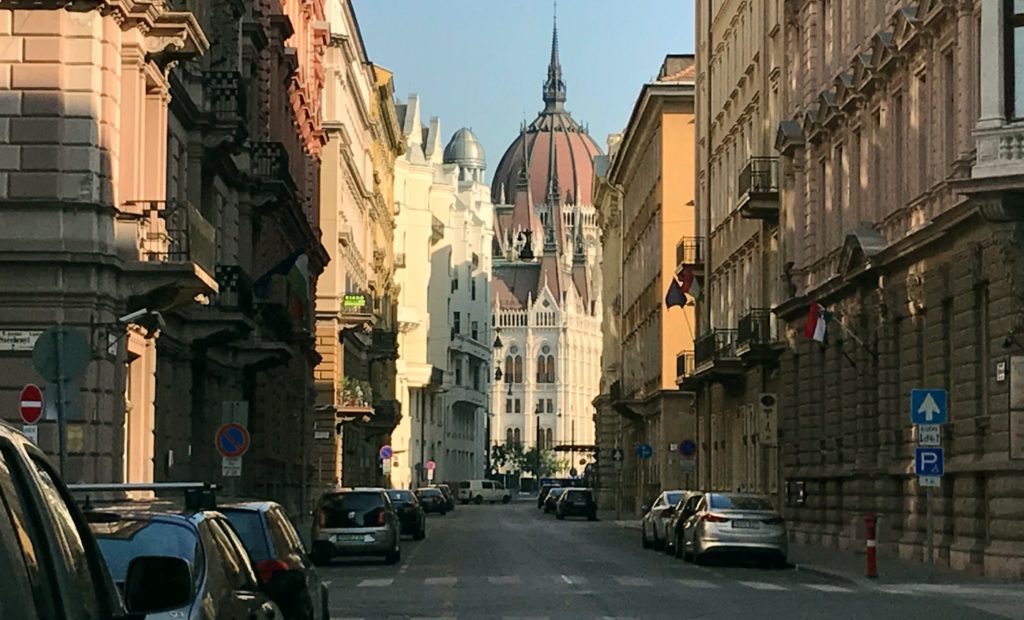
“THE GRAND BUDAPEST” WALK: a great introduction of Budapest to first time visitors or travellers who only have one day to see the main highlights and some of the hidden gems.
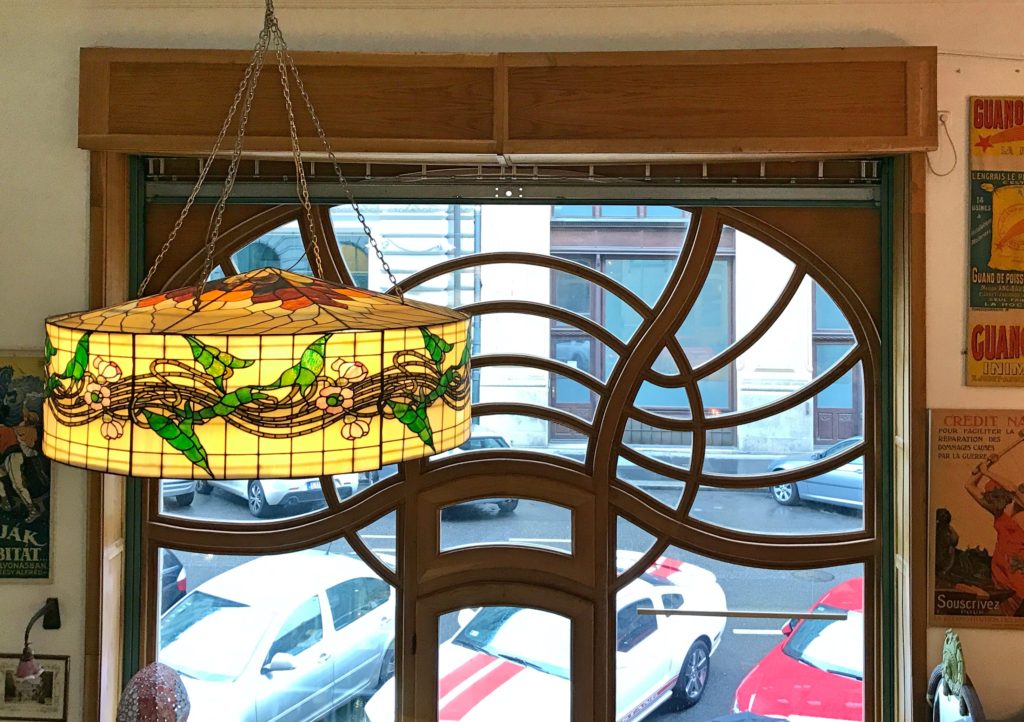
BUDAPEST ART NOUVEAU WALK: the most stunning Art Nouveau buildings and their mysterious secrets are to be revealed on this tour. A great option for architecture fans or first time visitors.
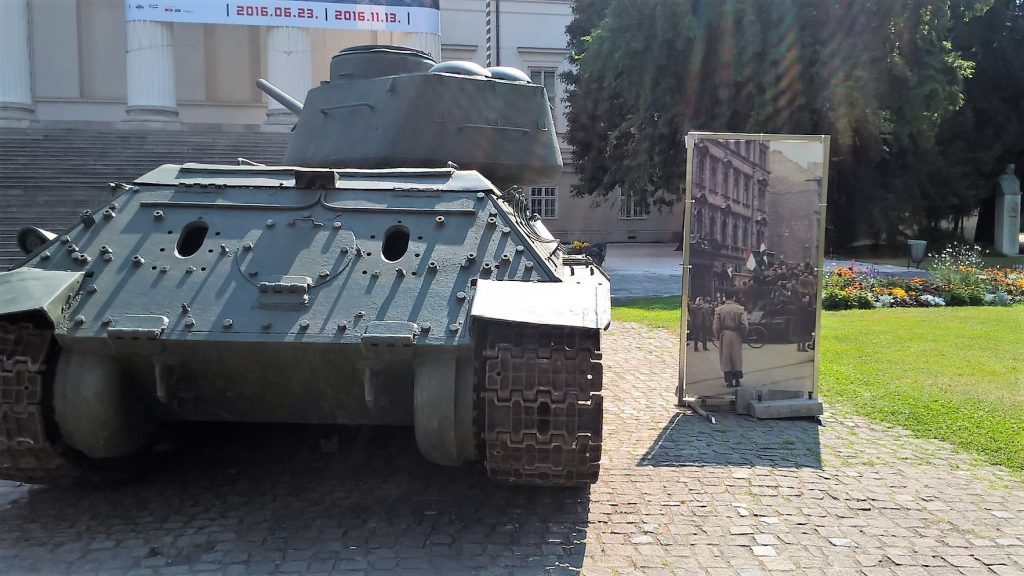
COMMUNIST BUDAPEST WALK: I grew up in the 1980’s so I can share with you a lot of stories from the Communist era which is still considered as one of the most painful periods of Hungarian history.
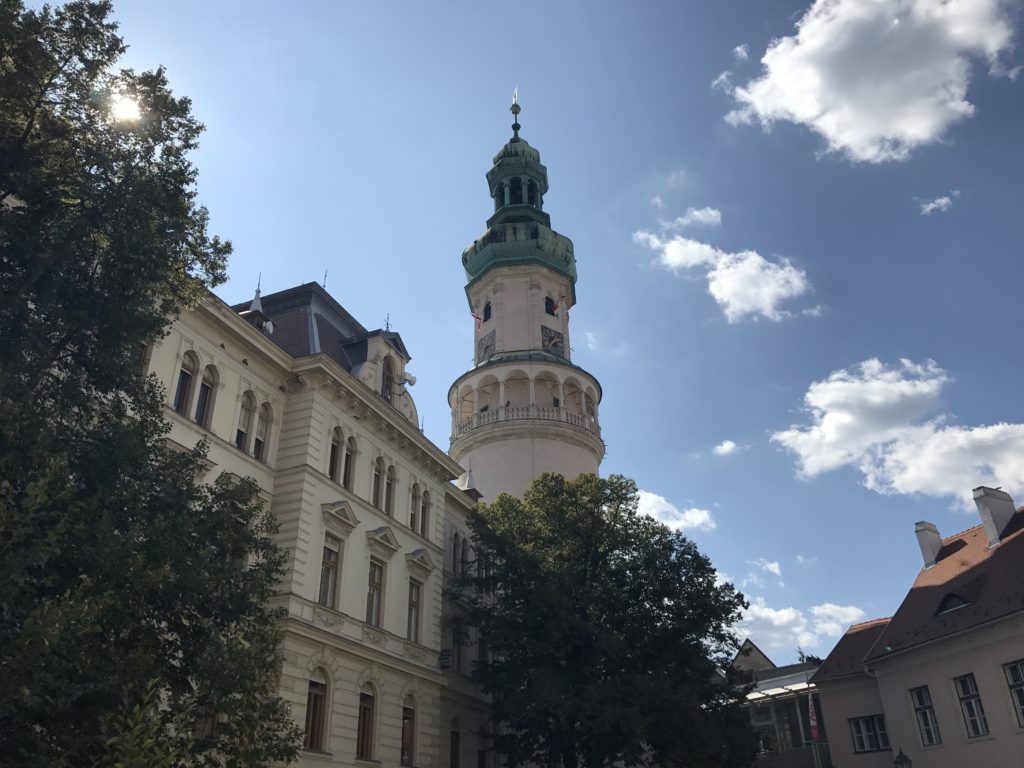
GYOR, SOPRON AND THE ESTERHAZY PALACE IN FERTOD: three magnificent examples of the greatest Hungarian Baroque architecture, the visit of Győr, Sopron and the simply outstanding Esterhazy Palace in Fertőd.
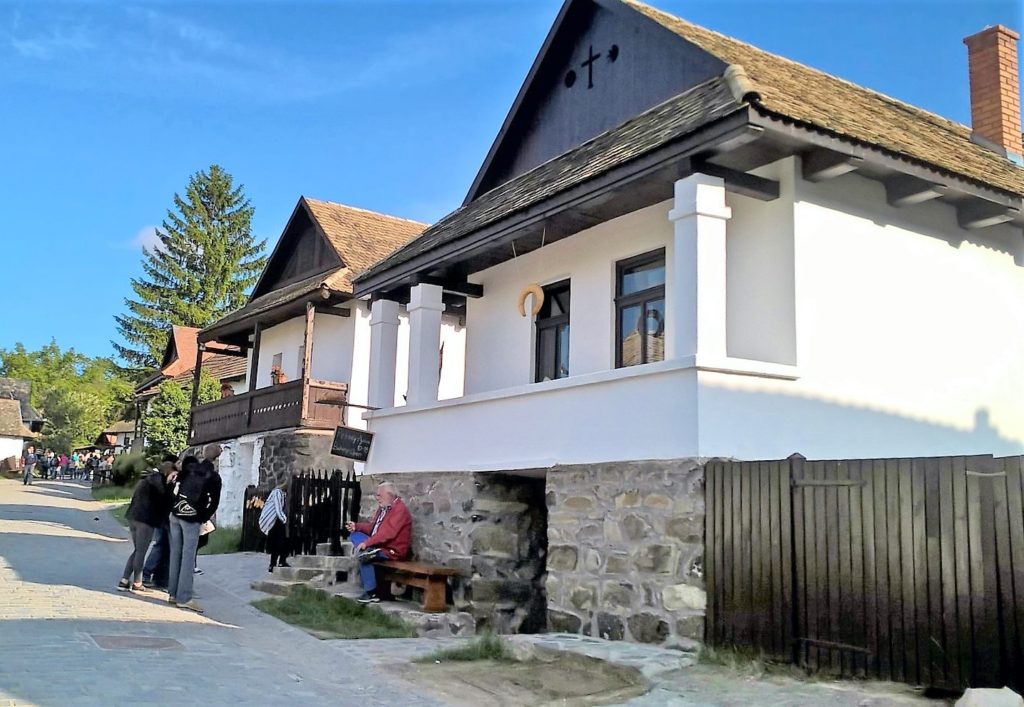
BAROQUE TOUR IN GÖDÖLLŐ AND HOLLÓKŐ BY CAR: I’m in love with Baroque style, on this tour you’ll understand more about both urban and rural Baroque architecture and about the lifestyle of Hungarian everyday people and royalty from the 18th century to nowadays.
Hopefully we can travel again very very soon and I can take you to the most amazing places in Budapest and Hungary you’ll never forget.
On the very last day of the year after the very last virtual tour of the year I’m wishing you a very happy new year from my Beautiful Budapest. I hope all your dreams come true in 2021! #budapest #beautifulbudapest#tourguide #travelguide #virtualtour#happynewyear #BUEK#boldogujevet #2021
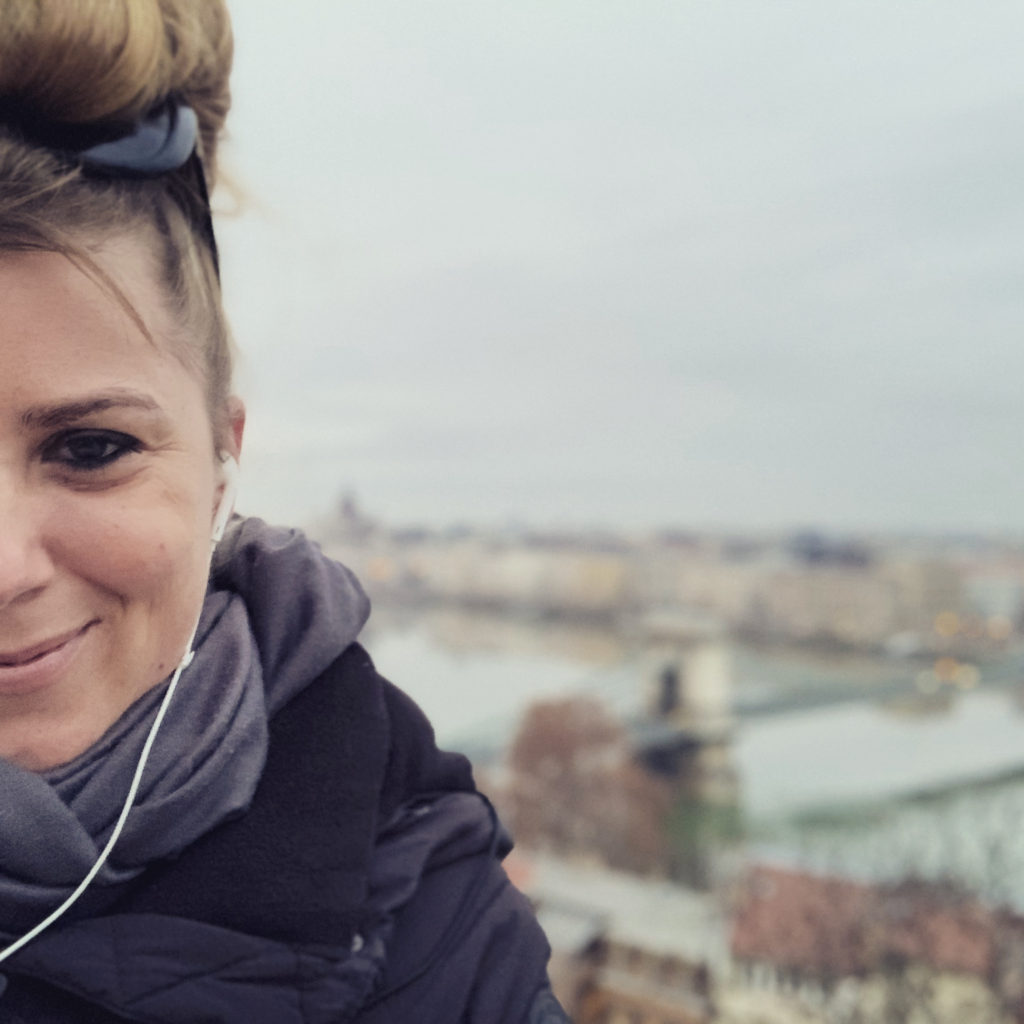
I want to wish you all a Merry Christmas, Boldog Karácsonyt!

I’ve just had a look at the collection of pictures I took on Christmas Market tours the last couple of years and they literally warmed my heart. I could almost feel the taste of Kürtöskalács (Chimney cake) and the smell of mulled wine. I thought I’d share some of the pictures with you and hopefully it’ll help you to get into Christmas celebration mood. Also, I hope we’ll explore the Christmas markets together in 2021!

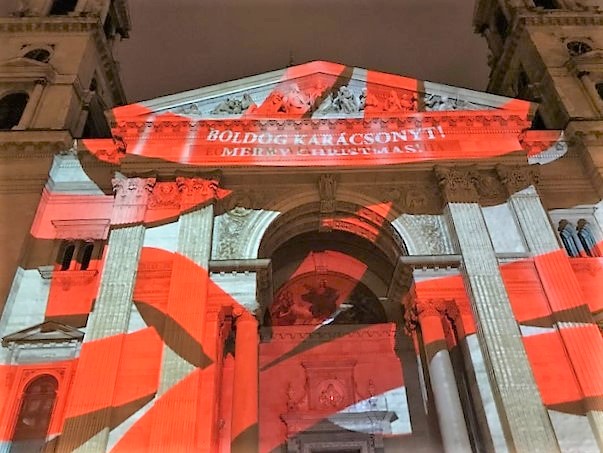
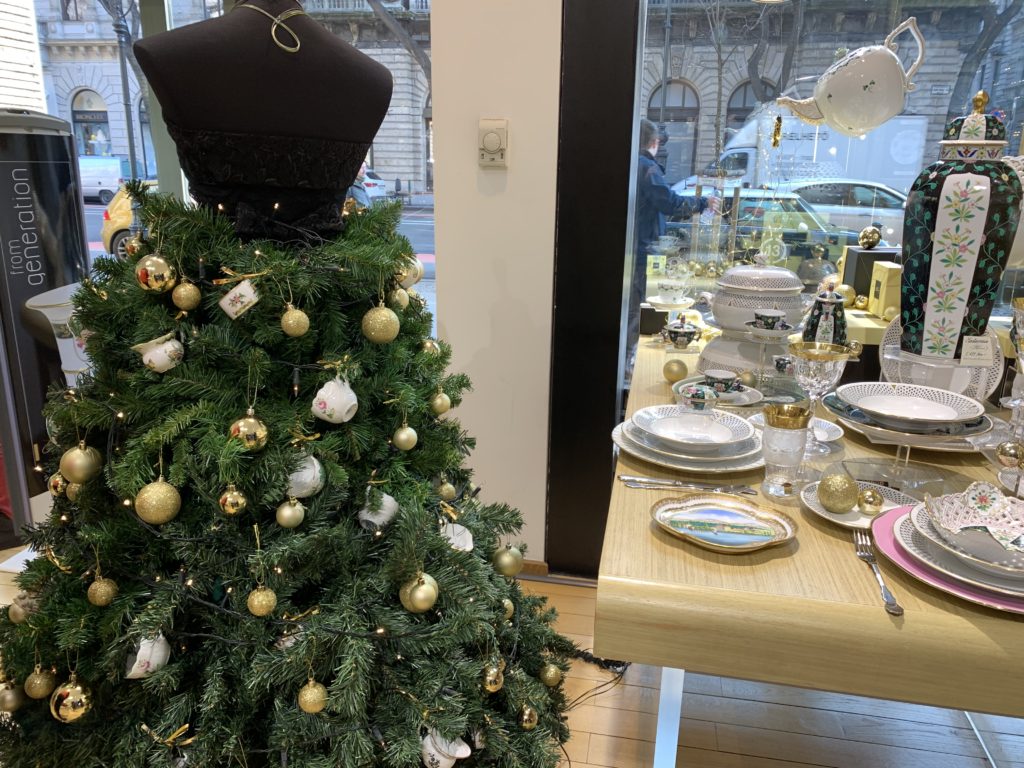
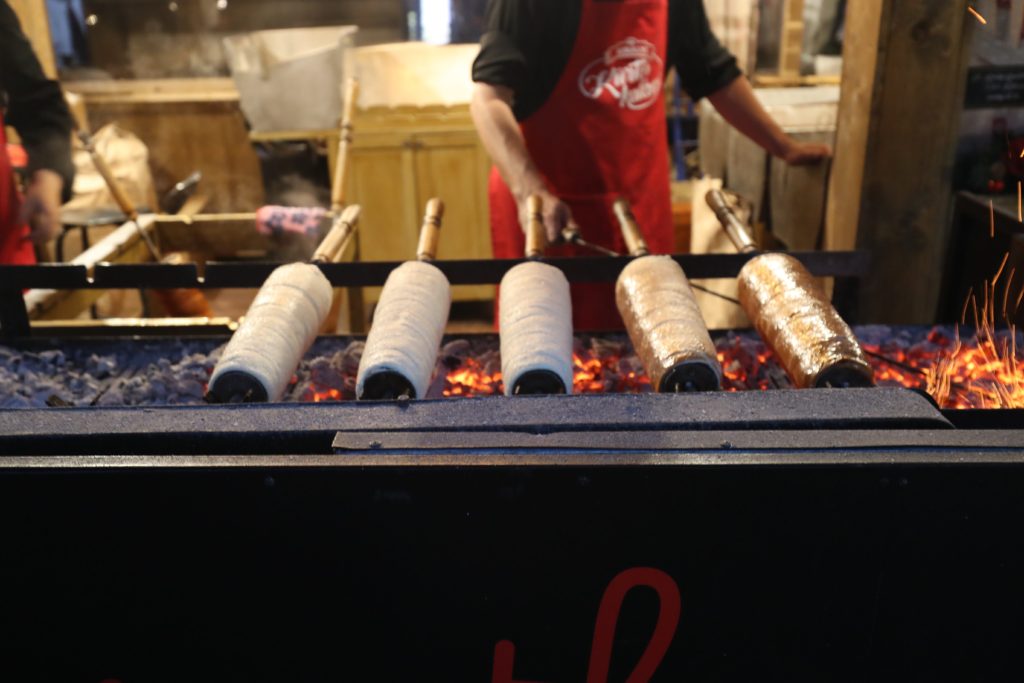

The golden age of the famous coffeehouses of Budapest was at the end of the 19th and beginning of the 20th century. However, we see now the renaissance of the coffeehouse and coffee culture. We try to see different coffeehouses on our foodie tours so that travellers can sample the best Hungarian coffee and cakes.
Central is situated in the heart of Downtown Pest near the Elizabeth bridge. By the end of the 19th and the beginning of the 20th century it was considered as the coffeehouse of the writers and journalists, as it was mostly frequented by those working in the neighbourhood. Writers spent days and nights in the coffeehouse writing their columns and discussing politics, economics and gossips. There is a legend of a local writer who considered Central to be his second home where he kept a bathrobe and many of his personal belongings and his pills.
When you go to Central must try the Rákóczi Túrós, a great Hungarian cake with cottage cheese and meringue that goes very well with an espresso or cappuccino.
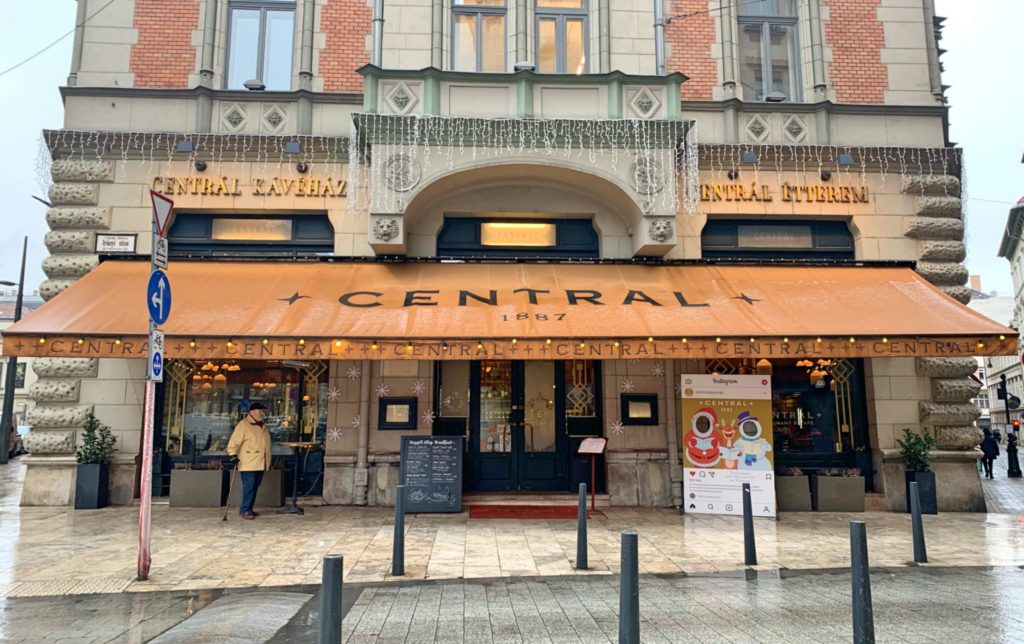
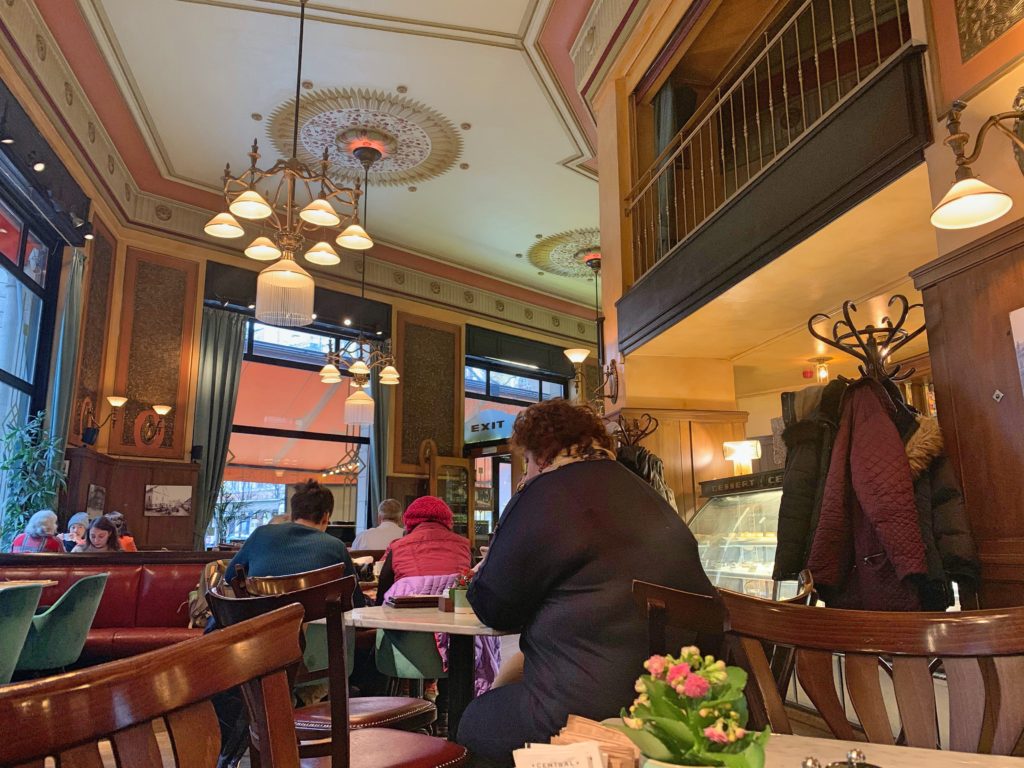
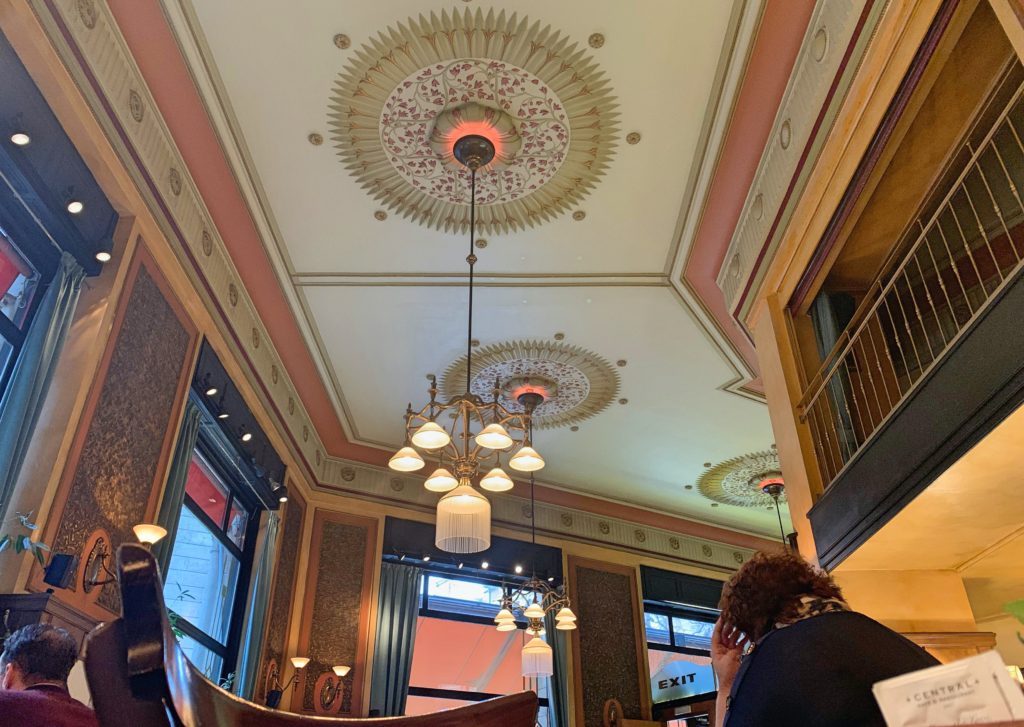
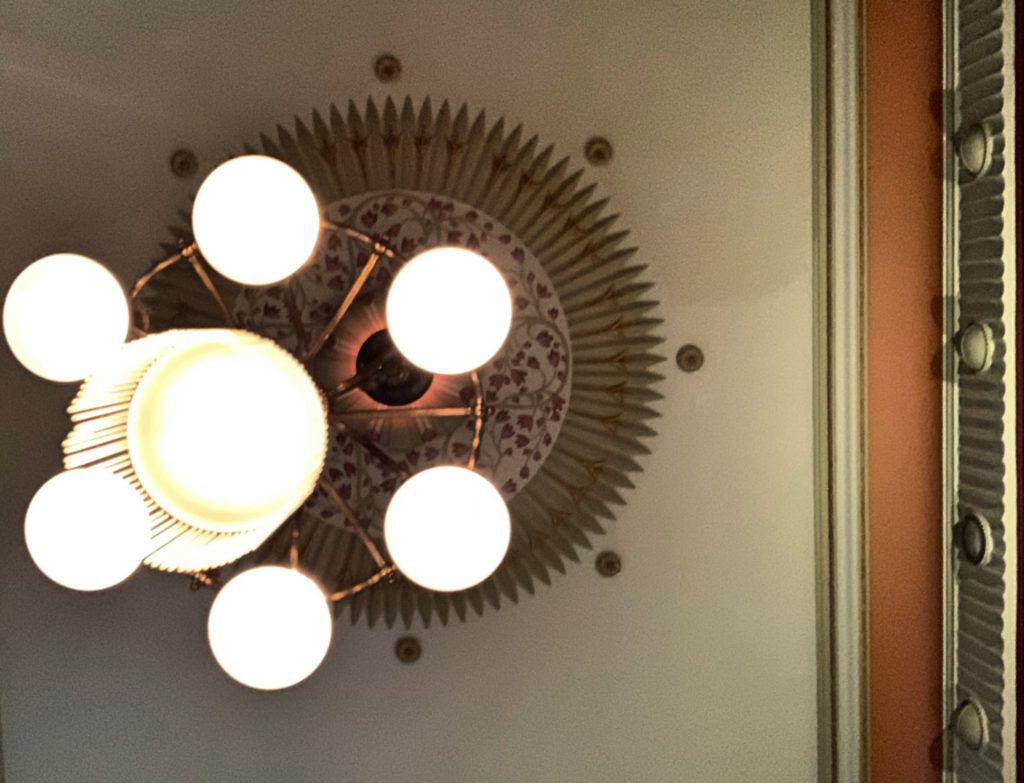
In the early 20th century fuel and lighting gas used in Hungary was manufactured from coal and because of the increasing consumption there was a need for modern, high capacity gas plants. The location of the gas plants was crucial, as they needed road, rail and waterway connection. The Óbuda Gas Works was inaugurated in 1914, it was the most advanced gas factory of the country producing 250 thousand cubic meters of gas every day. In the 1970’s natural gas became more accessible and cheaper and Budapest switched to natural gas. The Óbuda gas works was decommissioned in 1984.
The factory with its great colours and shapes might remind you of an abandoned castle with its four towers, they originally housed the turbines, control rooms and water towers.
What I personally love about the place is that because of the generosity of the original owners of the factory, residential buildings had also been built for the employees, so that they could live close to their workplace. Two locations were created, a villa neighbourhood for managers and a more simple housing estate for the workers. Walking around the early 20th century buildings is like a real time travel.
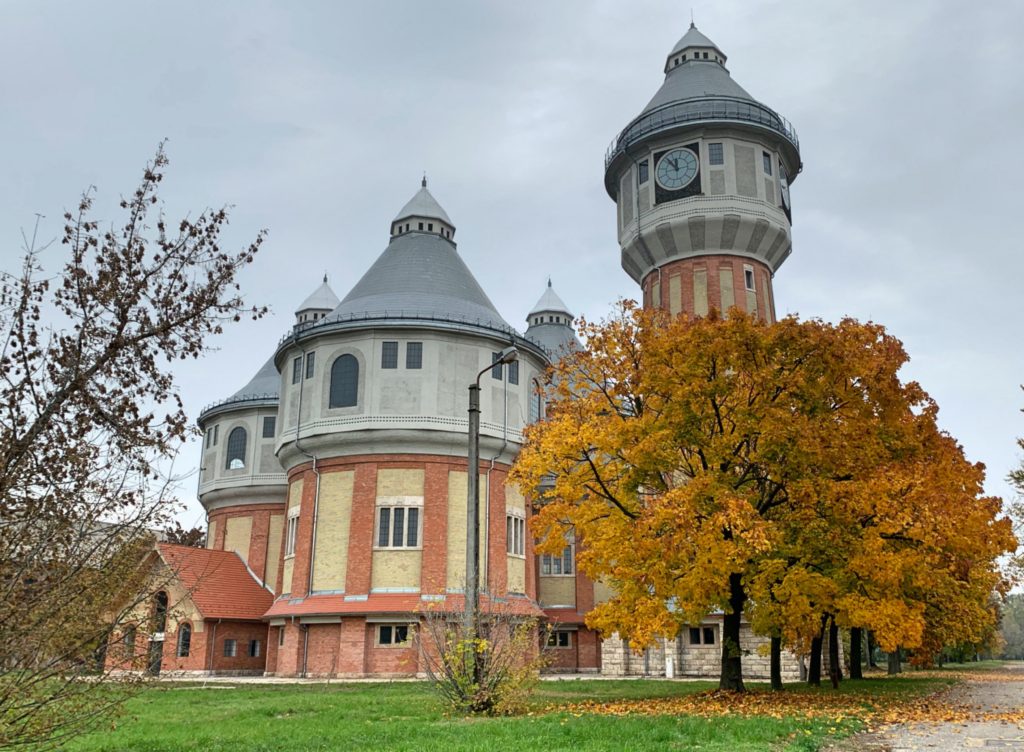
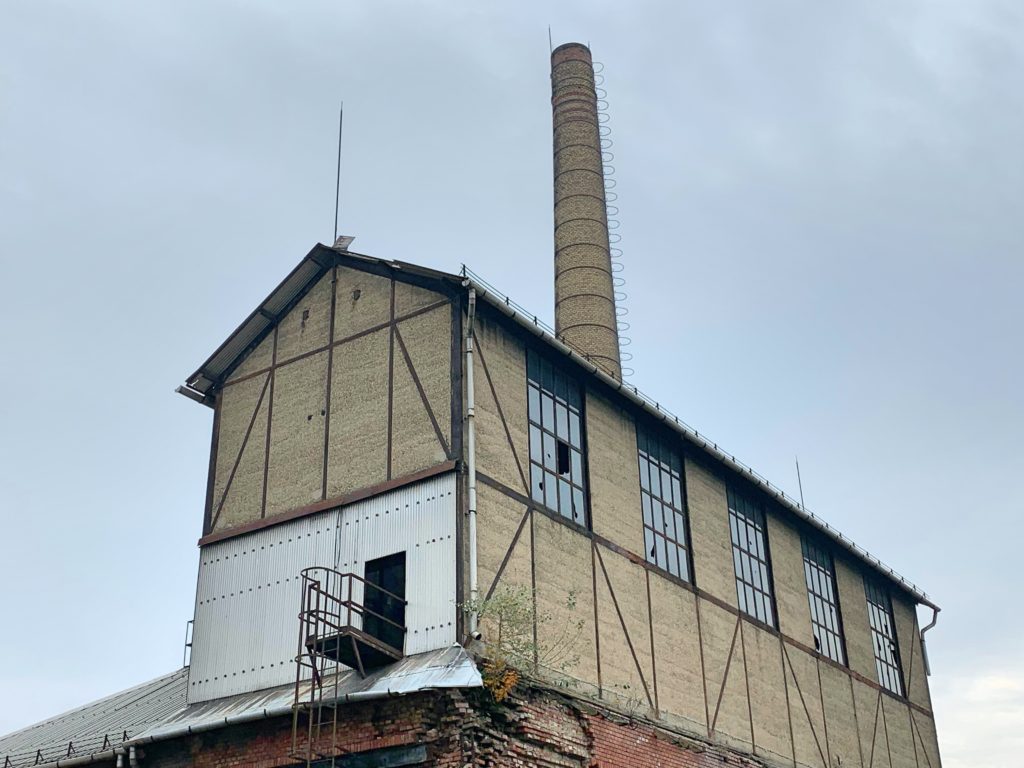
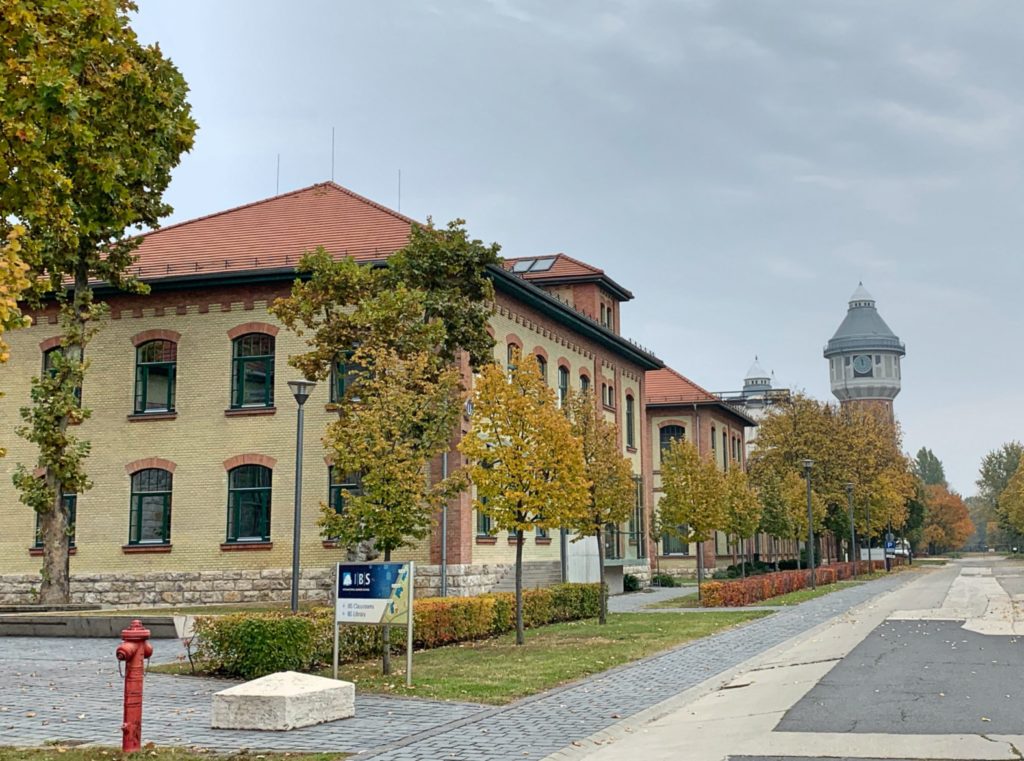
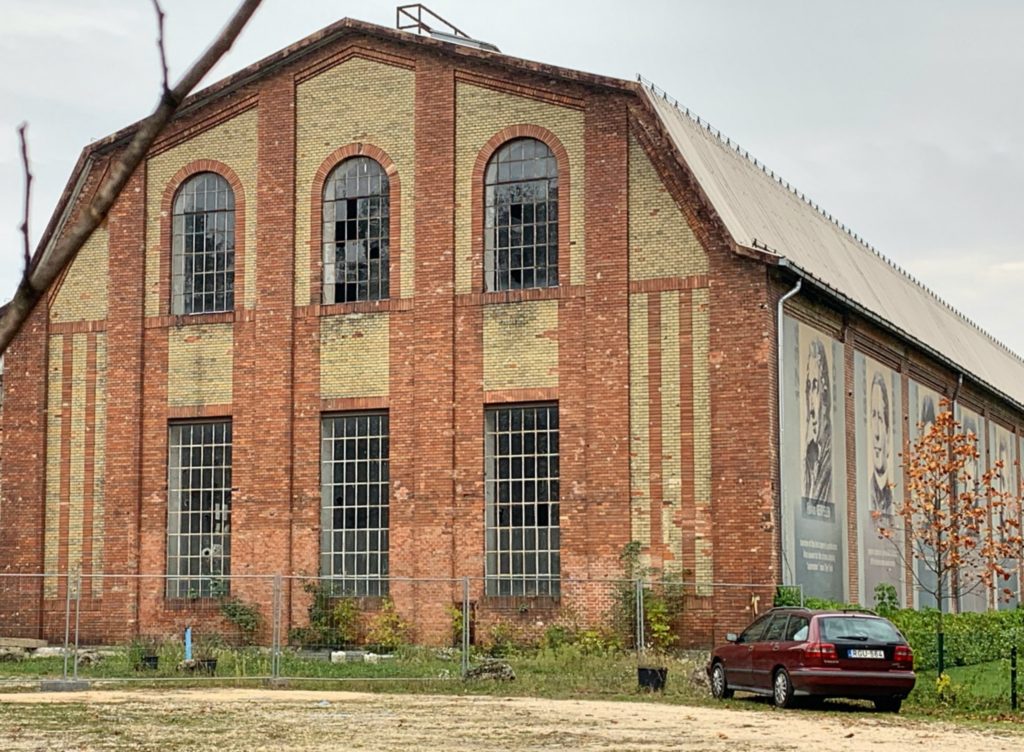
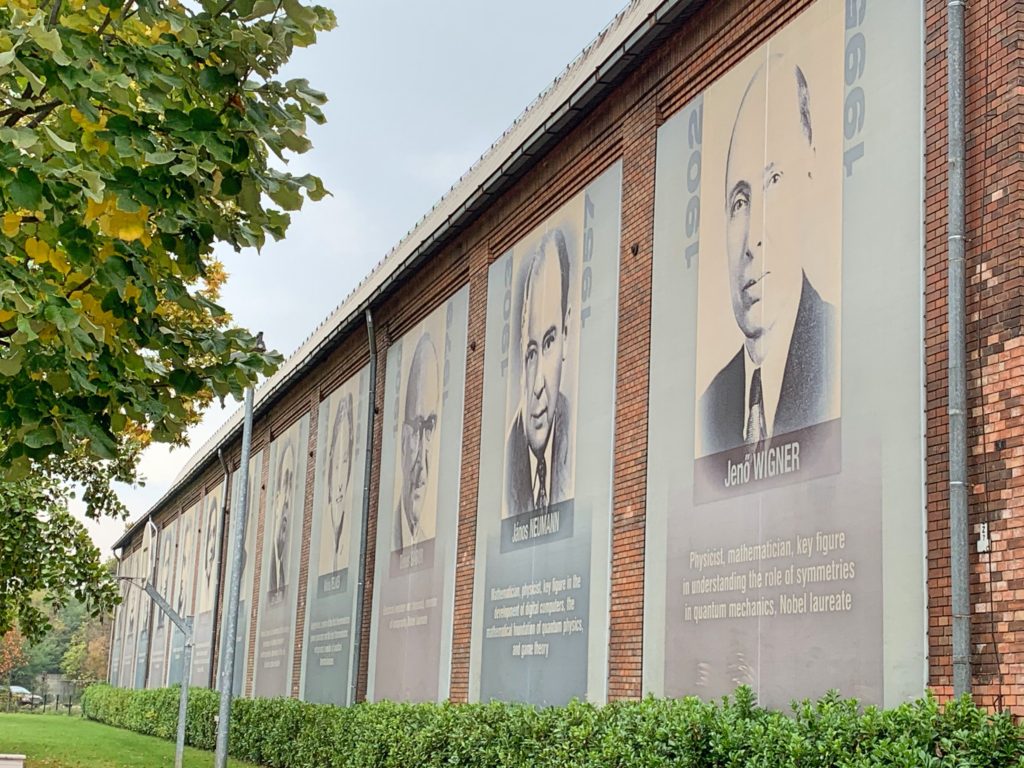
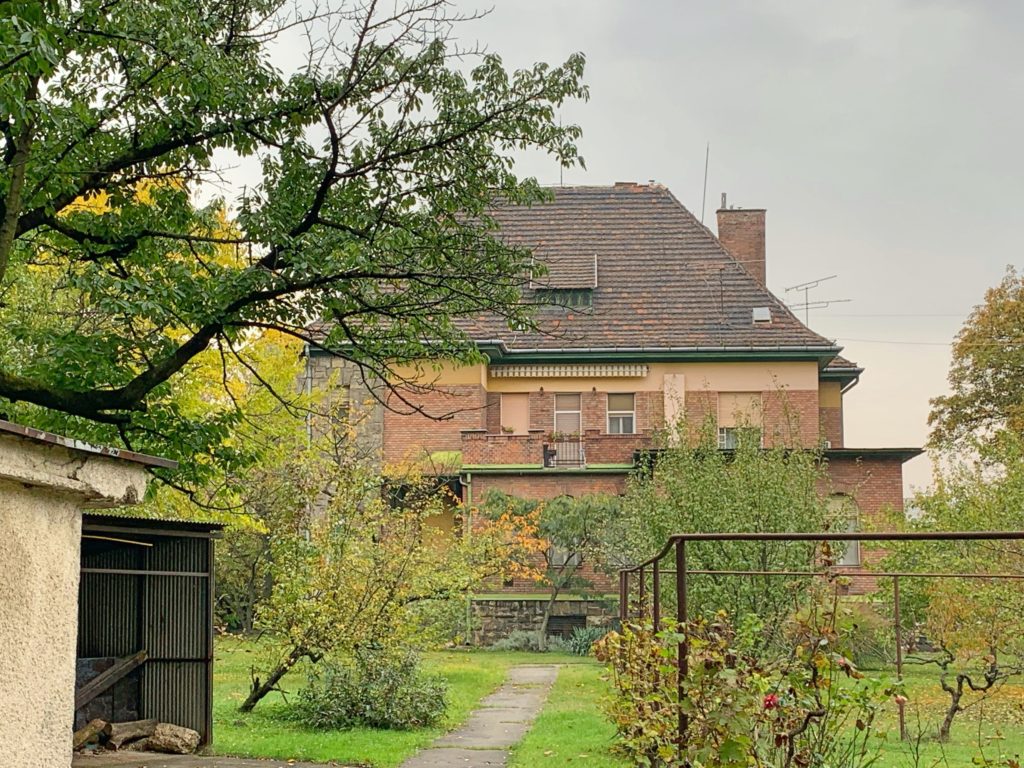
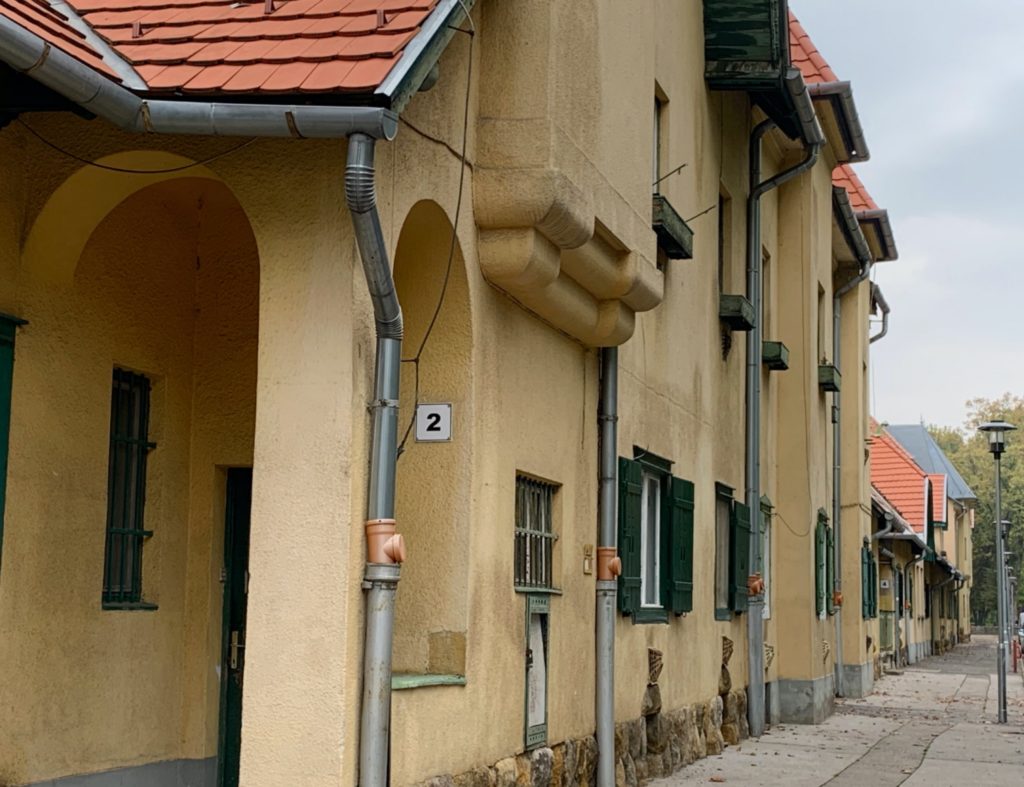
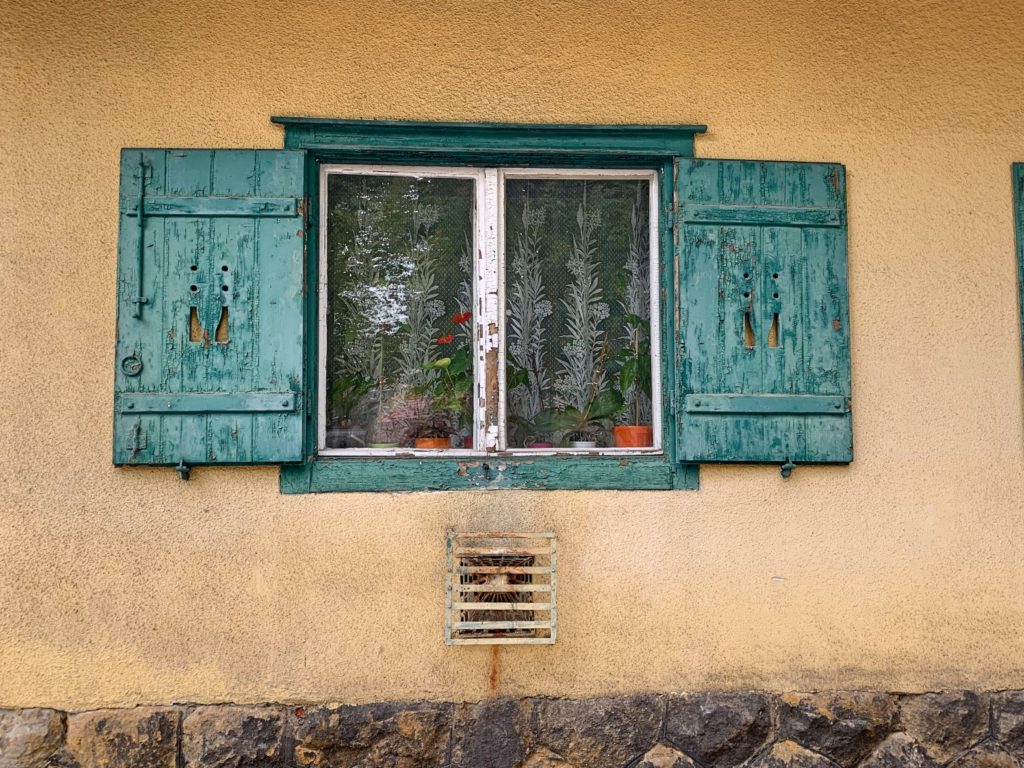
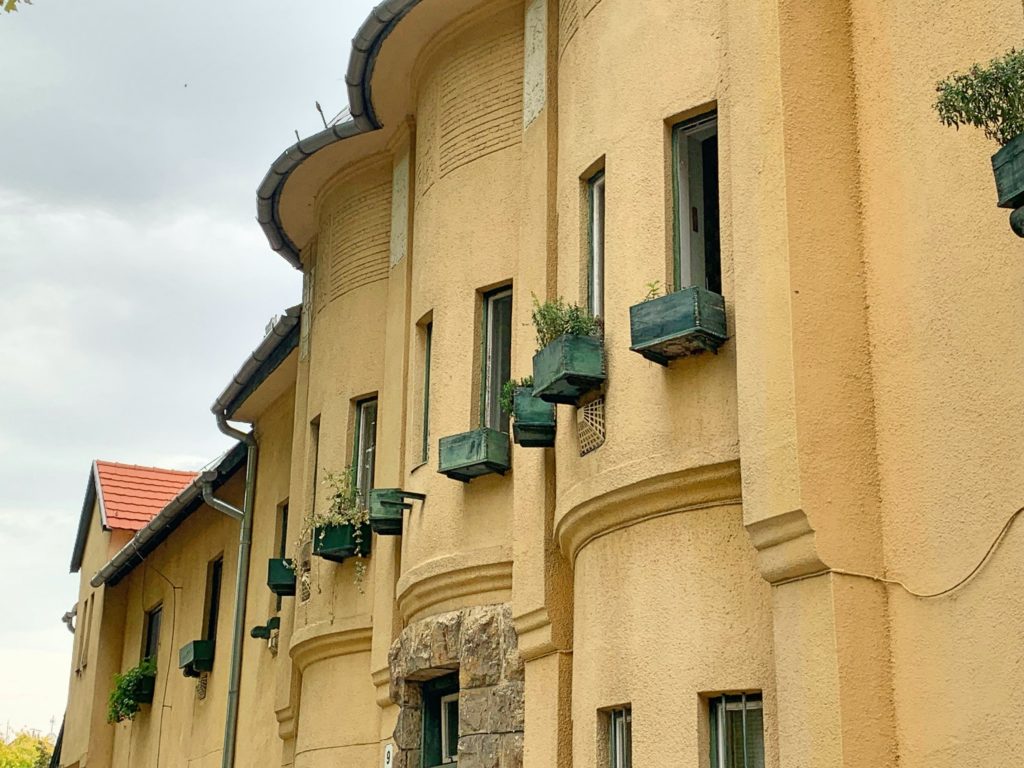
A short video shot in the building showing its decoy before it was finally restored a few years ago.